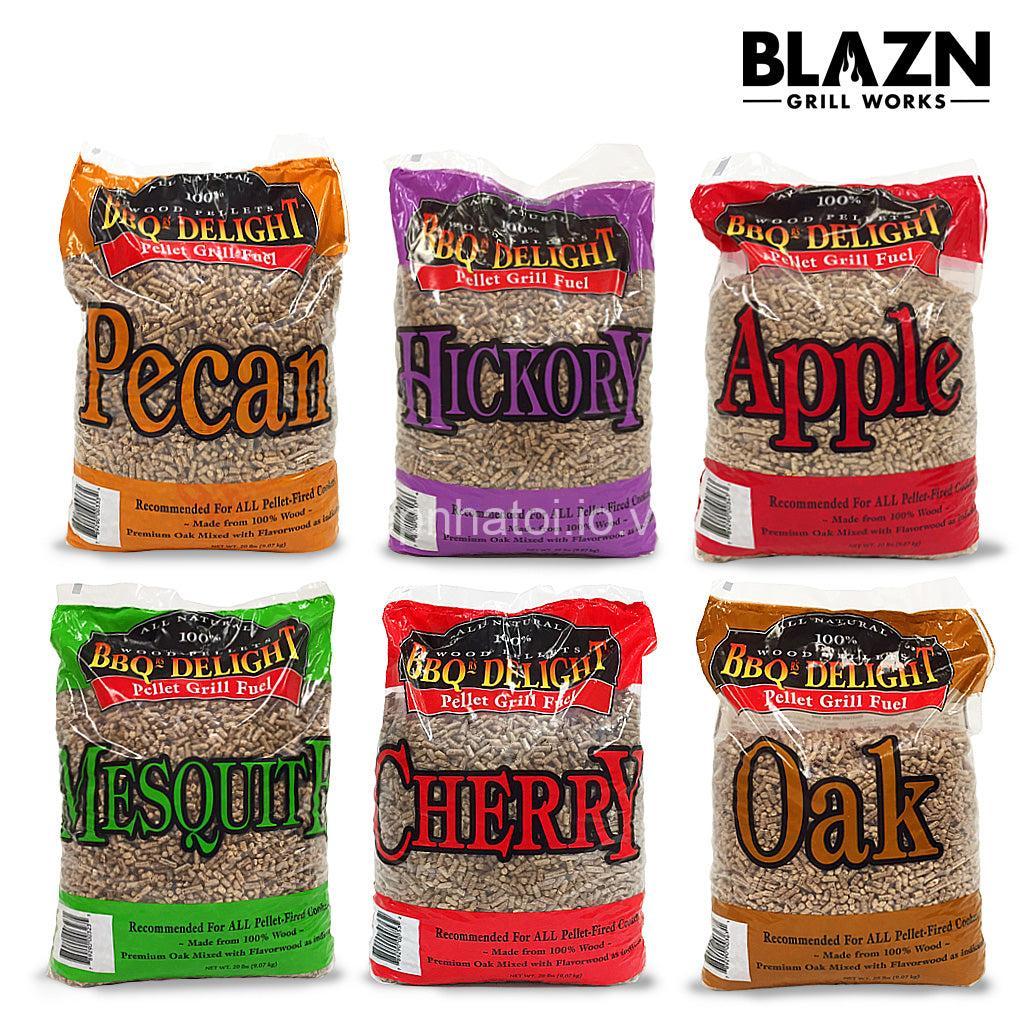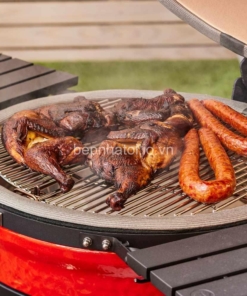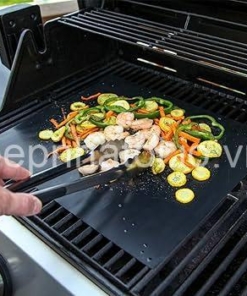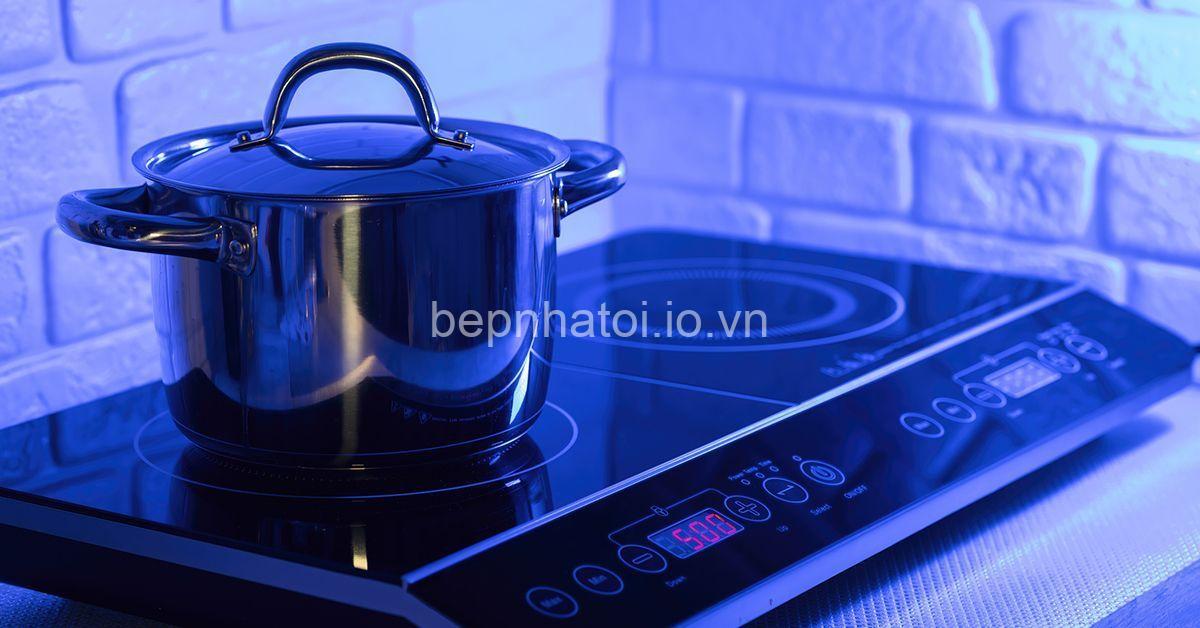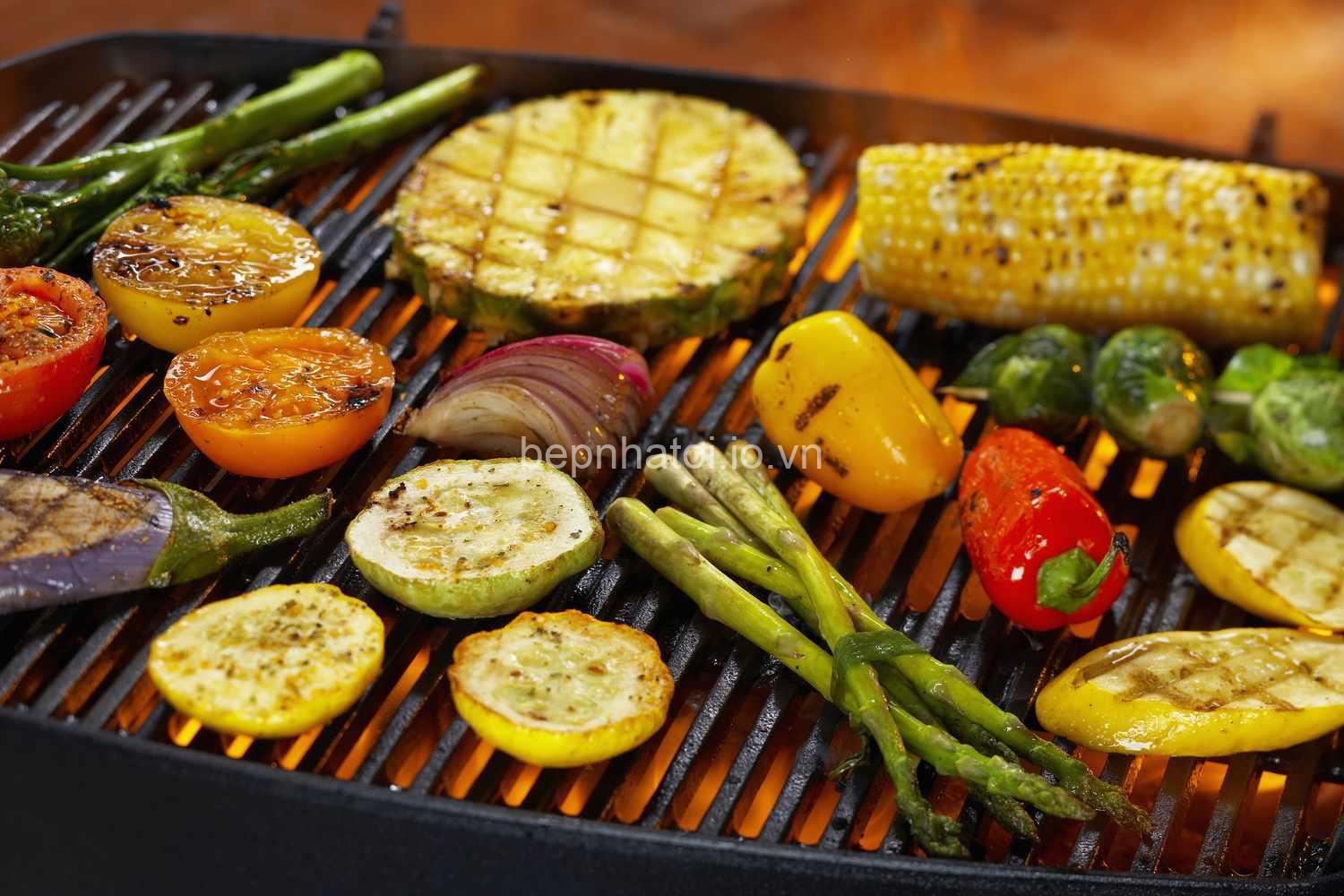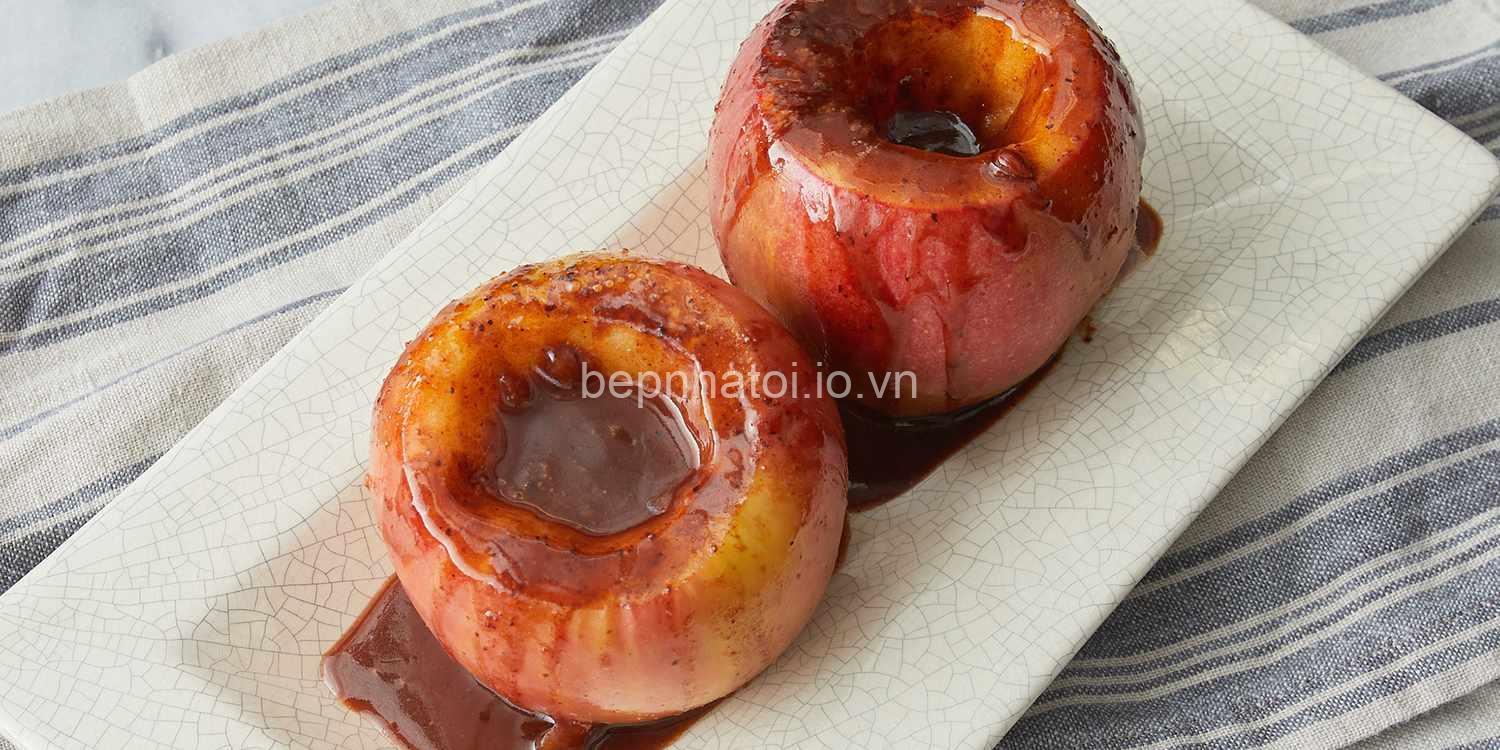Description
What are BBQ Smoker Pellets and How Do They Work?
You might know about charcoal and wood chips for smoking, but have you heard of BBQ smoker pellets? These small, cylindrical wonders are made from compressed sawdust, wood chips, or a combination of both. They’re designed to burn consistently and efficiently, creating a controlled flow of heat and smoke that’s ideal for smoking your favorite meats.
BBQ smoker pellets are typically 1/4 inch in diameter and have a high density, ensuring they burn evenly and for a long time. This consistent burn rate is a key advantage over traditional smoking methods like charcoal.
Imagine this: you load your pellet grill with pellets and start the ignition process. The pellets ignite and release heat, traveling through a combustion chamber and feeding into the grill. The pellets burn slowly, releasing flavorful smoke that infuses your food.
BBQ smoker pellets are all about control. They offer a more consistent and predictable heat source compared to charcoal or wood, making it easier to maintain a specific temperature for different types of meat.
Benefits of Using BBQ Smoker Pellets for Smoking
BBQ smoker pellets are like the superheroes of smoking. They pack a punch of benefits that make them a favorite among serious grill masters. Let’s explore some of their superpowers:
Consistent Heat and Temperature Control:
Pellets deliver a consistent and even heat throughout your pellet grill. This eliminates the hassle of dealing with hot spots and uneven cooking, ensuring all your food cooks perfectly. You gain control over the temperature, allowing you to smoke different meats at specific temperatures to achieve the best results. This control is crucial for different smoking styles, whether you’re going for a slow and low cook or a faster smoke.
Superior Flavor Profiles:
One of the best things about BBQ smoker pellets is their ability to deliver a wide variety of flavors. You have a whole world of wood types to choose from, each contributing a distinct flavor profile to your food. Hickory adds a robust smoky taste, while oak provides a more balanced flavor. Mesquite delivers a bolder, almost campfire-like taste. The possibilities are endless! And if you’re feeling adventurous, you can even blend different pellets for unique and complex flavors.
Convenience and Ease of Use:
Goodbye, charcoal hassle, hello, BBQ smoker pellets. These little wonders simplify your smoking experience. No more struggling with lighting charcoal, tending to the fire, or managing ash. Pellet grills are equipped with automatic feeding systems that deliver a steady supply of pellets to the combustion chamber, keeping the fire going without your constant attention.
Clean and Smoke-Free:
BBQ smoker pellets have a low ash content, minimizing the need for frequent cleanups. You spend less time cleaning your grill and more time enjoying the fruits of your labor. Additionally, pellets emit less smoke than other fuels, contributing to a cleaner and more pleasant grilling experience.
Safety:
Using BBQ smoker pellets is generally safe, as long as you follow the manufacturer’s instructions. Always store pellets in a dry and cool environment, keeping them away from heat sources.
Choosing the Right BBQ Smoker Pellets for Your Needs
With so many BBQ smoker pellets on the market, choosing the right ones can feel like a daunting task. But don’t worry, we’re here to guide you through the process.
Here’s a checklist to help you make the best choice:
Wood Type and Desired Flavor Profile:
Consider what kind of flavor you’re looking for. Are you after a bold smoky taste, a sweet and fruity aroma, or something in between? Different wood types contribute distinct flavor profiles. Hickory is a classic choice for a strong smoky taste, while cherry adds a sweet and fruity element. Pecan offers a well-rounded, nutty flavor.
Pellet Size and Density:
Most pellets are 1/4 inch in diameter, but there are slight variations. A denser pellet generally burns longer and provides more consistent heat.
Brand and Reputation:
Do your research and check out reputable brands like Traeger, Pit Boss, Camp Chef, Rec Tec, and Grilla. Read reviews and see what other smokers have to say about their experiences.
Price and Value:
BBQ smoker pellets come in a range of price points. Consider your budget and the quality of the ingredients.
Storing and Handling BBQ Smoker Pellets
BBQ smoker pellets are like delicate instruments; they require careful handling and storage to preserve their quality and ensure optimal performance.
Store your pellets in a dry and cool environment, away from direct sunlight and moisture. Keep them in airtight containers or bags to prevent moisture absorption. Exposure to moisture can cause pellets to clump together, making them difficult to use.
Popular BBQ Smoker Pellet Brands
There are several popular BBQ smoker pellet brands available, each with unique features and advantages. Here’s a quick overview of a few top contenders:
Traeger: Known for their high-quality pellets and a wide range of wood types.
Pit Boss: Offers a good value for money with a variety of pellet options.
Camp Chef: Offers a wide range of pellet grill models and pellet types to choose from.
Rec Tec: Known for their durable grills and high-quality pellets.
Grilla: Offers innovative pellet grills with unique features.
Using BBQ Smoker Pellets in Your Pellet Grill
Now that you’ve chosen the right BBQ smoker pellets, it’s time to put them to work. Follow these tips for using them effectively in your pellet grill:
Preheating & Temperature Control:
Before you start smoking, preheat your pellet grill according to the manufacturer’s instructions. This ensures even heat distribution and a successful smoke. Most pellet grills have a temperature control system that allows you to set the desired temperature for your smoke. Different meats require different temperatures, so research the optimal temperatures for the cuts you’re cooking.
Adding Smoke Flavor:
BBQ smoker pellets are already packed with flavor, but if you want to amp up the smoke, you can add smoking chips or wood chunks to your pellet grill. This adds a more intense smoke flavor to your food.
Maintaining Consistent Heat:
Monitor your pellet hopper and ensure a steady flow of pellets to maintain a consistent heat. If the hopper runs low, add more pellets.
Cleaning & Maintenance:
Clean your pellet grill regularly to prevent buildup and ensure optimal performance. Remove ash and debris from the grill, and follow the manufacturer’s instructions for cleaning the hopper and combustion chamber.
BBQ Smoker Pellet Recipes and Cooking Techniques
Now, let’s get cooking! Here are a few basic BBQ smoker pellet recipes and cooking techniques:
Brisket: For a classic smoked brisket, cook it low and slow at 225°F for 12-16 hours. Use hickory or oak pellets for a rich smoky flavor.
Ribs: Smoke your ribs at 225°F for 4-6 hours. Hickory or mesquite pellets are perfect for this recipe.
Chicken: Whole chicken can be smoked at 225°F for 2-3 hours. Use apple or cherry pellets for a sweet and fruity flavor.
FAQs about BBQ Smoker Pellets
What are the best wood types for different meats?
The best wood type depends on the meat and the desired flavor profile. Hickory is versatile and works well for most meats, while mesquite adds a bold, smoky flavor. Apple and cherry bring a sweeter and more fruity taste.
Can I use pellets in a traditional charcoal grill?
No, BBQ smoker pellets are designed for pellet grills and should not be used in traditional charcoal grills. The different combustion processes and temperature control features of pellet grills make them incompatible with charcoal.
How long do pellets last?
The burn time of BBQ smoker pellets depends on the size, density, and brand. A typical bag of pellets can last for 6-12 hours of smoking.
What are the safety concerns?
As with any fuel source, it’s important to exercise caution when using BBQ smoker pellets. Always follow the manufacturer’s instructions and keep pellets away from heat sources and moisture.
Where can I buy BBQ smoker pellets?
BBQ smoker pellets are readily available at most home improvement stores, online retailers, and specialty BBQ shops.
Conclusion
BBQ smoker pellets revolutionize the smoking experience, offering consistent heat, a vast array of flavors, and a convenient, easy-to-use approach. Whether you’re a seasoned smoker or a beginner, these pellets can help you achieve delicious results.
I encourage you to explore the world of BBQ smoker pellets and unlock the secrets of mouthwatering smoky flavors. Leave a comment below with your favorite pellet brand or share your go-to smoking recipe. For more tips, recipes, and product information, be sure to visit our website at link to bepnhatoi.io.vn.
Susan Grace Rodriguez is the owner of BepNhatoi.io.vn, an online store specializing in electrical and plumbing products. With over 10 years of experience, she is dedicated to providing high-quality products and sharing valuable information about electricity and water.
EAVs:
- Pellet | Wood Type | Hickory
- Pellet | Flavor Profile | Smoky
- Pellet | Size | 1/4 inch
- Pellet | Density | High
- Pellet | Brand | Traeger
- Pellet | Price | $15 per bag
- Pellet Grill | Temperature Range | 180°F to 500°F
- Pellet Grill | Fuel Capacity | 10 lbs
- Pellet Grill | Features | Automatic feed, temperature control
- Pellet Grill | Brand | Pit Boss
- Meat | Type | Brisket
- Meat | Cooking Time | 12 hours
- Meat | Temperature | 225°F
- Cooking Technique | Method | Low and slow
- Cooking Technique | Flavor | Smoky
- Cooking Technique | Time | Long
- Flavor Profile | Type | Sweet
- Flavor Profile | Description | Fruity, caramel notes
- Wood Type | Smoke Color | White
- Wood Type | Heat Output | Moderate
EREs:
- Pellet (Has) Wood Type
- Pellet (Provides) Flavor Profile
- Pellet Grill (Uses) Pellet
- Pellet Grill (Produces) Smoke
- Pellet Grill (Has) Temperature Control
- Meat (Is Cooked In) Pellet Grill
- Meat (Has) Cooking Time
- Cooking Technique (Uses) Pellet
- Cooking Technique (Produces) Flavor
- Flavor Profile (Is Associated With) Wood Type
- Wood Type (Produces) Smoke Color
- Wood Type (Has) Heat Output
- Brand (Makes) Pellet
- Brand (Makes) Pellet Grill
- User (Searches For) Pellet Information
- User (Wants To) Buy Pellets
- User (Compares) Different Pellet Brands
- User (Seeks Solutions) To Pellet-Related Issues
- Expert (Provides) Pellet Advice
- Review (Evaluates) Pellet Performance
Semantic Triples:
- (Pellet, Is Made Of, Wood)
- (Pellet, Provides, Flavor)
- (Pellet Grill, Burns, Pellet)
- (Pellet Grill, Produces, Smoke)
- (Meat, Is Cooked In, Pellet Grill)
- (Cooking Technique, Requires, Pellet)
- (Wood Type, Creates, Flavor Profile)
- (Brand, Manufactures, Pellet)
- (User, Searches For, Pellet Information)
- (User, Wants To, Buy Pellets)
- (Expert, Provides, Pellet Advice)
- (Review, Evaluates, Pellet Performance)
- (Pellet Grill, Has, Temperature Control)
- (Pellet, Has, Density)
- (Meat, Has, Cooking Time)
- (Cooking Technique, Produces, Flavor)
- (Flavor Profile, Is Associated With, Wood Type)
- (Wood Type, Has, Heat Output)
- (Wood Type, Produces, Smoke Color)
- (Pellet, Has, Size)
